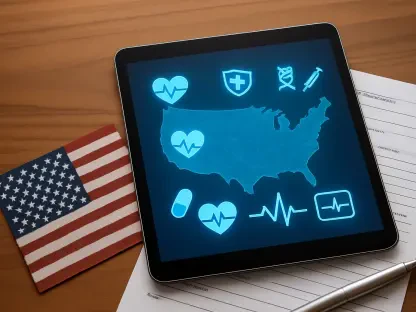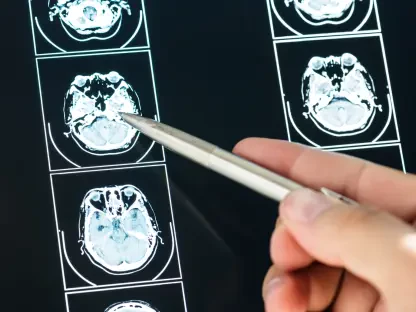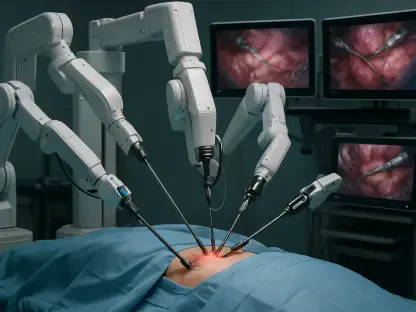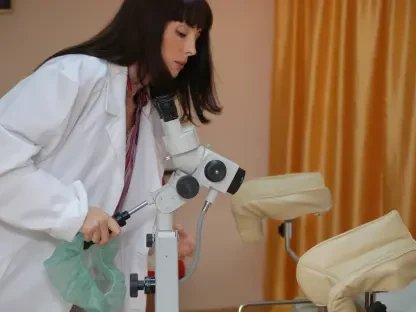Listen to the Article
Juggling clinical operations and a maze of legal mandates (from protecting patient records to navigating complex reimbursement protocols) increases the pressure on professionals in the IT industry.
One misstep could mean financial penalties, lawsuits, and lasting damage to your business’ credibility as regulations evolve and oversight tightens.
If you still rely on outdated manual processes, then the shift from paper-based systems to digital, automated ecosystems is necessary. You need to go beyond manual processes—and embrace regulatory agility, enabling you to deploy intelligent systems that decode and implement ever-changing policies, including Health Insurance Portability and Accountability Act mandates.
According to Precedence Research, the healthcare automation market is set to reach $42.24 billion in 2024.
These digital solutions not only mitigate risk but also transform your workflows by eliminating inefficiencies, boosting cybersecurity, and integrating real-time updates into your daily operations.
Dive into this blog post to explore:
The importance of improving data security in healthcare;
How compliance automation helps streamline your processes;
The key features that make up a robust automation solution.
Data Security Is Essential
Back in 2014, a regulatory mandate flipped your clinical operations upside down by standardizing electronic health record integration. Suddenly, healthcare organizations were at the epicenter of a data revolution; digitized patient histories replaced clunky paper trails and fragmented documentation, and legacy systems had no chance to keep up.
What started as a box-ticking exercise quickly turned into a domino effect. Clinical databases morphed from neat repositories into sprawling digital ecosystems. Every patient interaction began generating layers of interconnected information, marking your entry into the age of hyper-digitization. Here, data explores to transform everything from care delivery to biomedical research.
The mandate’s true legacy isn’t about its rocky implementation, it’s how it turned healthcare into one of the world’s most data-intensive industries. Every prescription, diagnosis, and treatment plan now fuels an ever-expanding universe of actionable insights for you.
Patient information isn’t just valuable to hackers, it’s also at risk from people inside your organization—making it essential to understand that even trusted employees might misuse records for identity theft, selling data, or personal reasons.
Protecting this data means you need more than just blocking outside attacks. You have to monitor who is accessing it and make sure even trusted team members don’t abuse their access.
Where Automation Comes Into Play
Picture an assistant that works around the clock, handling the complex details of regulatory compliance. That’s the automation promise.
Compliance automation is transforming healthcare by streamlining how you follow the rules, using modern technology to handle regulatory tasks automatically, cut down on errors, and keep standards consistent. It helps you meet medical practice standards and data security requirements, empowering you to:
Seamlessly monitor quality standards and performance metrics;
Ensure that managed care organizations meet the highest standards of service and care management;
Streamline compliance with national standards and accreditation processes;
Maintain patient privacy by constantly monitoring data handling practices;
Safeguard personal data and make sure it’s handled with the utmost care and transparency.
In short, automation in healthcare keeps you compliant, protects patient privacy, and helps you avoid costly fines. It detects data issues, tracks documentation, and keeps you updated with regulations. With the right tool, you can automate onboarding, training reminders, incident report reviews, regulation tracking, expiration date alerts, and claims processing.
Your clinics, hospitals, and private practices can also improve, giving you opportunities for personalized care and better diagnosis, boosting efficiency and cutting costs.
Critical Automation Capabilities
When it comes to compliance, you need to address a range of mandates, such as the National Committee for Quality Assurance, the Utilization Review Accreditation Commission, the Health Insurance Portability and Accountability Act, and the General Data Protection Regulation.
For this reason, it’s essential that you look for the following capabilities when automating your compliance operations or when selecting a solution.
Tokenization Improves Data Safety and Patient Privacy
Starting off with health tokenization, this replaces sensitive medical data with digital tokens. These tokens are cryptographic representations of the actual data, helping you manage patient records, process transactions, and strengthen security. Tokenization swaps out sensitive information for tokens that have no value outside the system, keeping the real data safe and confidential.
Access Control Supports Physical and Digital Safety
Access control combines physical security with cybersecurity to protect your critical data and systems. Knowing where your data is stored, who accesses it, and how they do so is vital. Strong visitor management, biometric controls, and a thorough vendor vetting process all play a role in securing access.
Health IT teams should be familiar with three main access control systems: role-based, discretionary, and mandatory.
Compliance Reporting Ensures Accountability and Transparency
Compliance reporting means documenting and proving that your organization meets healthcare regulations. It covers patient safety, data privacy, financial practices, quality assurance, and ethical standards.
Regular reporting helps you find out gaps in compliance, fix issues quickly, and avoid penalties or legal trouble. It plays a key role in maintaining regulatory standards across all areas of healthcare.
Risk Management Saves Fines
Risk management in healthcare involves the systems, processes, and reports used to identify, monitor, assess, and prevent risks. By taking a proactive approach, you protect patient safety while securing your organization’s assets, market position, accreditation, reimbursements, brand reputation, and community trust.
Hospitals and healthcare systems are going from reactive risk management focused on patient safety and legal protection to a proactive approach that considers risks across the entire healthcare ecosystem.
Conclusion
Healthcare is at a point where rising regulations and a flood of digital health data make compliance automation essential, especially since the risk of non-compliance presents penalties, legal risks, and loss of patient trust.
If you still rely on outdated manual processes, then the shift from paper-based systems to digital, automated ecosystems is nothing short of necessary.
Beyond security, compliance automation drives operational efficiency. It eliminates bottlenecks, reduces human error, and frees staff from repetitive administrative work so they can focus on patient care. With tightening regulations and increasingly sophisticated cyberthreats, you must act now to future-proof operations, protect patient trust, and lead in a highly regulated industry.









